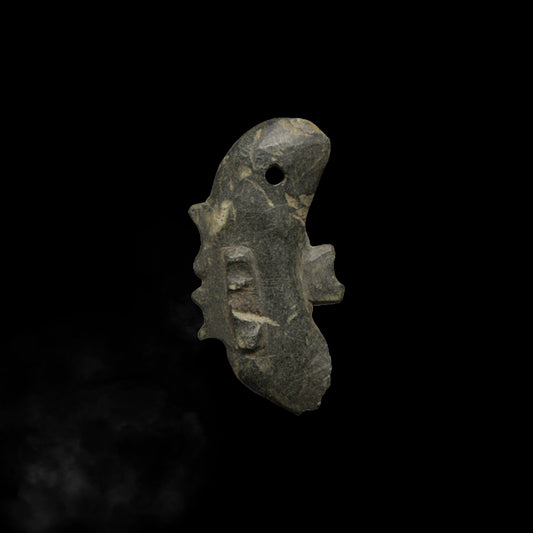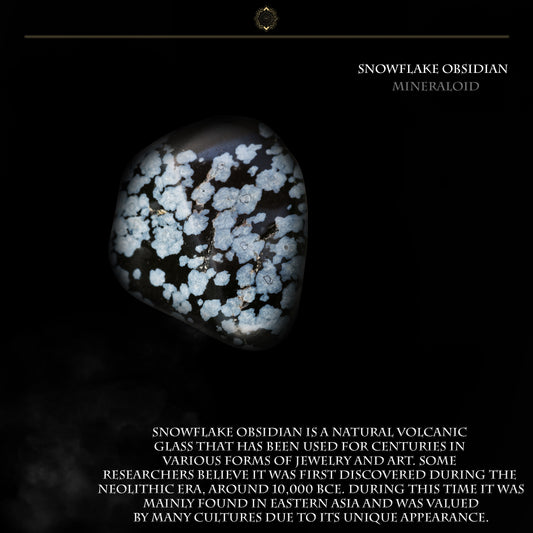
The Quandary of the Oarfish: Doomsday Fish
Deep beneath the waves, far from human eyes, lives a creature so elusive and otherworldly that it has inspired awe, fear, and fascination for centuries: the oarfish. Known scientifically as Regalecus glesne, this serpent-like fish is the longest bony fish in the world, with reports of individuals measuring up to 36 feet long. Yet it's not just its size that captures the imagination — it's the myths and legends that swirl around this deep-sea dweller like the currents it drifts through.
The oarfish primarily inhabits the epipelagic to mesopelagic zones of the ocean, dwelling at depths between 250 meters (820 feet) and 1,000 meters (3,300 feet). It is rarely seen near the surface. When oarfish do rise from the deep, they often cannot survive the rapid change in pressure and typically die from depressurization. The deep waters they inhabit are calm and relatively current-free, which means these fish develop minimal muscle mass—making them poorly suited for survival in the turbulent, shallower waters closer to the surface.
Oarfish are found across the globe, inhabiting tropical, subtropical, and warm temperate seas. Despite their wide distribution, sightings of live oarfish are exceedingly rare. Most knowledge of their range and behavior comes from individuals that have been caught by fishermen or have washed ashore.
An Origin of Sea Serpent Legends
The oarfish has likely been the real-world inspiration behind countless sea serpent tales. With its silvery, ribbon-like body, crimson dorsal fin, and sinuous swimming motion, the oarfish looks exactly like the monsters of ancient mariner stories. When one washes ashore — often near death or dead — it evokes fear and wonder in equal measure. Before the days of marine biology, such sightings fueled tales of giant serpents slithering through the oceans, capsizing ships, or guarding sunken treasures.

In Norse and Viking lore, Jörmungandr, also known as the Midgard Serpent, is one of the most fearsome and awe-inspiring creatures in the mythological canon. Born of the trickster god Loki and the giantess Angrboða, Jörmungandr was so massive that the gods cast it into the sea that encircles Midgard (Earth), where it grew so large that it could grasp its own tail — forming a circle around the world. This image of a world-encircling sea serpent ties closely to ancient Norse cosmology, which viewed the ocean as a vast, unknowable frontier that contained both danger and divinity.
Jörmungandr’s fate is entwined with Ragnarök, the prophesied end of the world in Norse mythology. During this apocalyptic battle, it is foretold that the Midgard Serpent will rise from the sea, spewing poison into the sky and engaging in a fatal duel with the thunder god Thor. Although Thor will slay the serpent, he will only walk nine steps before succumbing to its venom — a dramatic culmination of their cosmic rivalry.
While Jörmungandr is a mythological figure, it likely drew inspiration from sightings of real marine creatures that would have seemed monstrous to ancient seafarers. The oarfish, with its sinuous body, shimmering silver skin, and mysterious deep-sea origins, fits the visual description of a sea serpent almost perfectly. When these rare fish occasionally surfaced — sometimes stranded or dying — their elongated, ribbon-like bodies and undulating movements could easily have been interpreted as omens or signs of sea monsters lurking below.
In the fjords of Scandinavia, where the Norse people lived, such sightings may have been especially impactful. The fjords' deep, narrow waters and dramatic coastal landscapes would have amplified the mystique of any rare marine creature. Fishermen or voyagers who encountered an oarfish could return with exaggerated tales of vast, coiling beasts seen gliding beneath their ships — giving birth to the enduring image of the Midgard Serpent.
Thus, the legend of Jörmungandr is not only a cornerstone of Norse mythology but also a cultural echo of humankind's long fascination with the mysteries of the deep sea. In blending myth with the rare and uncanny appearances of creatures like the oarfish, these stories reflect both the fear and reverence ancient cultures held for the untamable ocean and its hidden inhabitants.
Japanese Lore: Harbinger of Earthquakes
In Japanese folklore, the oarfish is called Ryūgū no tsukai, or “Messenger from the Sea God's Palace.” its rare appearances near the surface or washed ashore are viewed as ominous signs. According to traditional belief, sightings of these deep-sea creatures foreshadow natural disasters, especially earthquakes and tsunamis.The Dragon King's undersea palace is known as Ryūgū-jō (竜宮城), or the Palace of the Dragon God. It is a magnificent, otherworldly castle located at the bottom of the sea, ruled by Ryūjin, the dragon god of the ocean. Ryūgū-jō is described as a shimmering palace made of coral, jewels, and sea shells, where time flows differently—what feels like days within can be centuries in the human world.
One of the most famous legends involving Ryūgū-jō is the story of Urashima Tarō, a fisherman who saves a turtle and is rewarded with a visit to the palace. There, he is treated to incredible hospitality and meets Ryūjin’s daughter, Otohime. After what seems like a few days, he returns to the surface to find that hundreds of years have passed. The tale reflects themes of time, impermanence, and the mystical separation between the human and divine realms.
Ryūgū-jō is often symbolized as a sacred, liminal space between worlds—both beautiful and unreachable—anchoring the ocean as a domain of gods, spirits, and ancient mysteries.

This belief is not unfounded in local memory. In 2010, multiple oarfish appeared on Japanese beaches shortly before the devastating 2011 Tōhoku earthquake and tsunami. While science has yet to establish a concrete link between seismic activity and the behavior of deep-sea creatures, the cultural association remains strong. The creature's connection to the dragon king’s undersea palace also ties it to water deities and mythic realms, elevating it to a spiritual status in Japanese culture.
Polynesian and Micronesian Myths
Across the Pacific, in island nations like Tonga, Samoa, Fiji, and other parts of Polynesia, long, sinuous sea creatures frequently appear in creation stories, navigation lore, and spiritual symbolism. These beings are often cast as ancestral spirits, ocean deities, or protective guardians of specific families, islands, or voyaging canoes. While specific references to the oarfish are rare—likely due to its deep-sea habitat and infrequent appearances—descriptions found in ancient chants (mele or faiva) and oral traditions often bear a striking resemblance to the oarfish's long, ribbon-like body, flowing fins, and reflective scales.
In many Polynesian cultures, the sea is not just a source of food but a sacred space full of mana (spiritual energy) and ancestral presence. Sea creatures, especially large or unusual ones, are seen as manifestations of divine power. In some legends, a demigod, chief, or guardian spirit (aitu or atua) is said to transform into a great, silver serpent or fish to accompany voyagers across dangerous waters, offer guidance through storms, or protect fishermen from misfortune. These beings are sometimes described as gleaming or glowing, echoing the metallic sheen of an oarfish glimpsed in the sunlight or moonlight near the surface.
Such tales often emphasize the creature's graceful movements through the water—slow, undulating, almost otherworldly—which aligns closely with the known behavior of the oarfish as it floats vertically or swims with a ribbon-like motion. These myths may have emerged from rare but memorable sightings of oarfish brought in by deep-sea currents or washed ashore after storms or seismic activity. In this way, even without a direct naming or scientific recognition, the oarfish may be woven into the fabric of Pacific Islander cosmology—a living embodiment of the mysterious and sacred ocean depths, bridging the realms of myth and reality.
Modern Symbolism and Cultural Legacy
Today, the oarfish continues to appear in art, literature, and media as a symbol of the unknown. Its appearances are often linked to themes of mystery, prophecy, or cosmic events. In some modern cultures, it has been adopted as a cryptid-like icon — a creature straddling the boundary between reality and legend. Even scientists admit that there's much more to learn about this strange fish. With its deep-sea habitat and fragile body, the oarfish is rarely observed alive in its natural environment. When it does surface, it's a haunting reminder of how little we know about the oceans —

The oarfish exists in a liminal space not just between the surface and the abyss, but between science and mythology. It is a creature that evokes the past, when gods and monsters ruled the seas, and invites wonder in the present, where its rare appearances continue to stir fear, fascination, and storytelling.
Whether as a harbinger of doom, a sea god’s envoy, or the inspiration for ancient sea serpents, the oarfish remains one of the ocean’s most mythic residents — elusive, elegant, and deeply rooted in our collective imagination.


